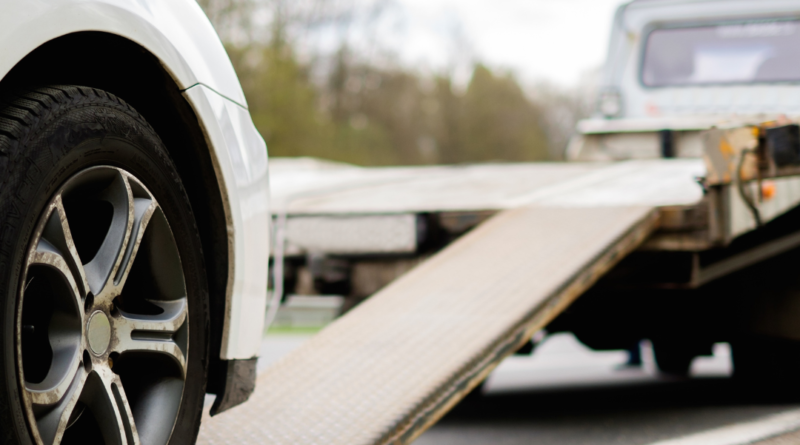Roadside Emergencies and Dealing With Them
Roadside emergencies can happen to anyone, regardless of how prepared or cautious you may be. From a flat tire to a dead battery or even an accident, unexpected incidents on the road can leave you feeling overwhelmed and stranded. However, knowing how to effectively deal with a roadside emergency can help you stay calm, ensure your safety, and minimize potential damages. Here are a few things you need to do in case that happens.
Stay calm and assess the situation
In any roadside emergency, it is crucial to stay calm and composed. Take a deep breath and remind yourself that help is available. Use this moment to assess the situation and understand the severity of the problem. Determine if you can safely move your vehicle to the side of the road or if it is safer to stay where you are. Assess any potential hazards, such as oncoming traffic, inclement weather, or nearby obstacles. By staying calm, you can think clearly and make rational decisions that prioritize your safety and the safety of others involved.
Activate hazard lights and use warning devices
Once you have assessed the situation, it’s time to alert other drivers and make your vehicle as visible as possible. Activate your hazard lights to quickly grab the attention of approaching vehicles. This will signal to others that you are experiencing an emergency and prompt them to exercise caution when passing by. Additionally, if you have them available, use warning devices such as reflective triangles or flares to further enhance visibility, especially during nighttime or low-visibility conditions. These devices create a clear warning zone around your vehicle and serve as a visual indicator for others to proceed with caution.
Call for assistance
After ensuring your safety and activating your hazard lights, it’s time to call for assistance. If you have a roadside assistance service, such as AAA or a similar provider, contact them for help. Provide them with your precise location, a clear description of the problem, and any other relevant details. If you don’t have a roadside assistance service, contact a trusted friend or family member who can assist you or call the local authorities for help. You can also get in touch with trusted emergency auto electrical and get your car back on the road in no time at all, which is the best outcome. It is important to communicate your situation calmly and clearly, as this will ensure that the appropriate help is dispatched promptly.
Stay inside your vehicle
In most cases, it is safer to stay inside your vehicle until help arrives, especially if you’re on a busy road or in an unfamiliar area. Remaining inside provides you with a layer of protection from passing vehicles and potential hazards. Keep your doors locked and windows rolled up, and only exit the vehicle if it is absolutely necessary and safe to do so. Exiting the vehicle in a busy or high-traffic area can expose you to greater risks. By staying inside, you can also conserve your energy and stay protected from adverse weather conditions.
Communicate clearly and calmly
When seeking help or communicating with others involved in the situation, it is important to remain clear and calm. When talking to emergency services or roadside assistance, clearly explain your situation, location, and any specific needs you may have. Provide as much information as possible to ensure that help arrives in a timely manner. Staying calm will help you convey information more effectively and ensure that the appropriate assistance is provided. Remember to listen carefully to instructions given to you by emergency personnel and follow their guidance.
Learn from the experience and take preventive measures
Once you have successfully dealt with a roadside emergency, take the opportunity to learn from the experience and take preventive measures. Reflect on what happened and consider how you can avoid similar situations in the future. Regular vehicle maintenance, such as checking tire pressure, monitoring fluid levels, and getting routine inspections, can help prevent many common roadside emergencies. Develop a habit of checking your vehicle’s condition regularly and addressing any issues promptly. It is also beneficial to familiarize yourself with basic vehicle troubleshooting, such as how to check engine oil or replace a fuse. Taking preventive measures and being proactive about vehicle maintenance can significantly reduce the likelihood of experiencing a roadside emergency.
Dealing with a roadside emergency can be a stressful and unexpected situation. However, by staying calm, assessing the situation, and following the appropriate steps, you can navigate these incidents safely and efficiently. Remember to stay calm, activate hazard lights, and call for assistance. Stay inside your vehicle and communicate clearly and calmly with emergency services or roadside assistance. By being prepared and knowledgeable, you can confidently handle any roadside emergency that comes your way and ensure a safer journey on the road.



